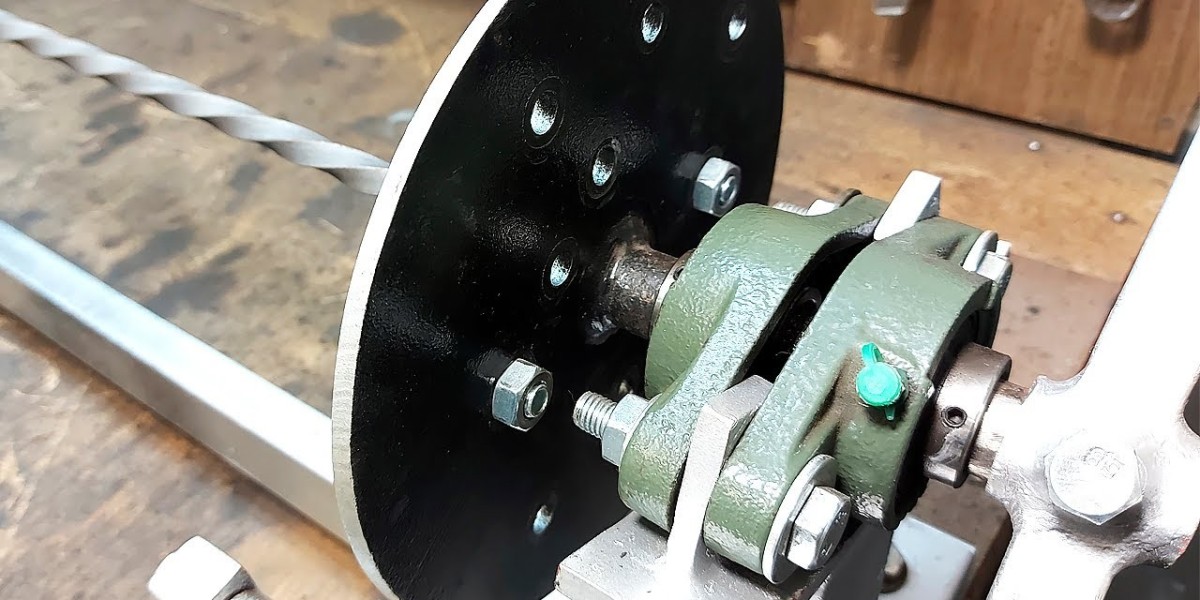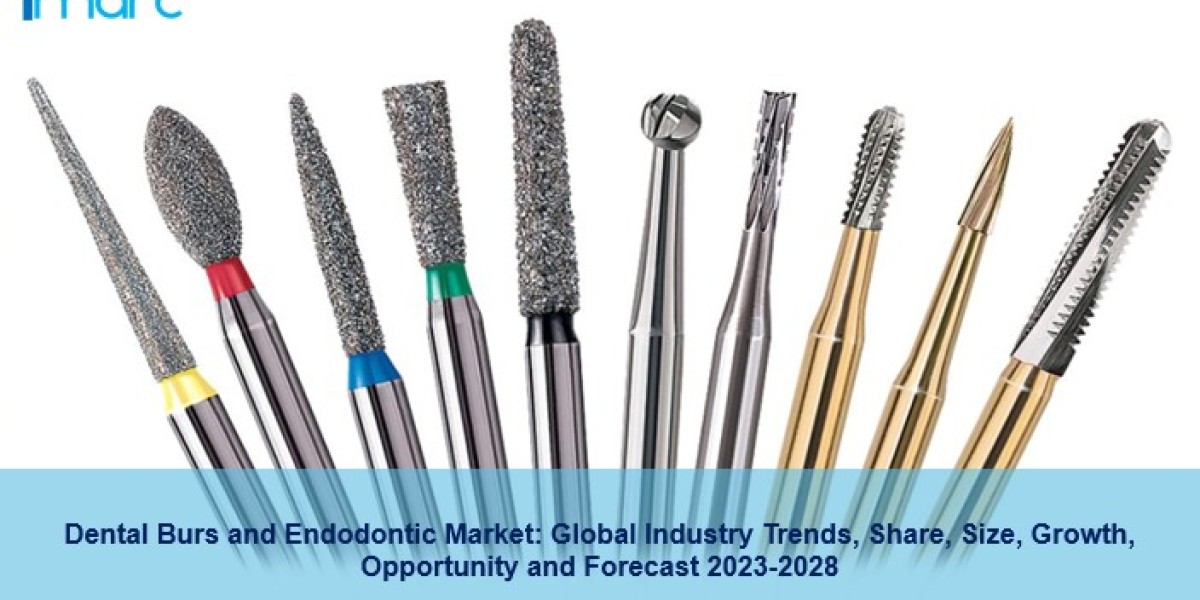The cold forging machine market is driven by increasing demand across various industries due to its ability to produce high-precision, durable components at a lower cost. The need for cold-forged parts spans multiple sectors, including automotive, aerospace, electronics, and medical devices. This article explores the demand for cold forging machines in different industries and highlights key trends influencing their adoption.
1. Automotive Industry
Demand Drivers:
The automotive industry is one of the largest consumers of cold-forged components. Cold forging offers the precision needed for producing complex, lightweight, and durable parts, which are essential for modern vehicle performance and fuel efficiency. Components such as gears, shafts, and connecting rods are commonly cold-forged.
Trends and Insights:
- The shift towards electric vehicles (EVs) has increased demand for lightweight and high-strength parts, further driving the need for cold forging.
- The automotive sector's focus on reducing material waste and improving manufacturing efficiency aligns well with the benefits of cold forging.
- Automakers are investing in advanced cold forging machines to meet higher production volumes while maintaining component quality.
2. Aerospace Industry
Demand Drivers:
Cold forging plays a crucial role in the aerospace industry due to its ability to create complex parts with high precision and strength. The aerospace sector relies on cold forging for critical components, such as turbine blades, landing gears, and structural elements.
Trends and Insights:
- The demand for lightweight, high-strength materials in aerospace applications is fueling the growth of cold forging technology.
- The aerospace industry's shift towards more fuel-efficient designs requires the production of precision components, driving the demand for advanced cold forging machines.
- Cold-forged parts help reduce material waste and improve component strength, making them ideal for the rigorous demands of the aerospace sector.
3. Electronics Industry
Demand Drivers:
In the electronics industry, cold forging is used to produce high-precision metal components, such as connectors, housings, and terminals. These components are essential for the functionality and reliability of electronic devices.
Trends and Insights:
- The increasing miniaturization of electronic devices requires the production of small, precise components, driving demand for cold forging machines capable of producing intricate designs with tight tolerances.
- The growing adoption of wearable electronics and advanced consumer gadgets is expanding the need for high-precision cold-forged parts.
- Cold forging provides the advantage of reducing production time while maintaining high strength and durability for electronic components.
4. Medical Device Industry
Demand Drivers:
Cold forging machines are crucial in the production of medical device components, where precision, strength, and biocompatibility are critical. Cold-forged parts are used in surgical instruments, implants, and diagnostic equipment.
Trends and Insights:
- As the medical industry demands more advanced, customized, and biocompatible devices, cold forging's ability to produce high-strength, lightweight parts with minimal material waste is increasingly valued.
- The growing trend of minimally invasive surgery and the increasing focus on precision in medical procedures drive the demand for high-quality cold-forged components.
- Cold forging allows manufacturers to produce intricate shapes and complex geometries, which are essential for medical devices that require high precision and reliability.
5. Industrial Equipment and Machinery
Demand Drivers:
Cold forging is used extensively in the manufacturing of components for industrial machinery and equipment. Parts such as gears, bearings, fasteners, and shafts are commonly cold-forged in this sector.
Trends and Insights:
- The demand for heavy machinery in construction, mining, and agriculture is spurring the need for durable and high-strength cold-forged components.
- Cold forging helps manufacturers reduce the weight of machinery parts while maintaining strength, improving operational efficiency and reducing wear and tear.
- The push for automation and robotics in industrial applications is driving the demand for cold-forged components that meet high-performance standards.
6. Energy and Power Generation Industry
Demand Drivers:
Cold forging is essential in the production of energy sector components such as turbine blades, valve components, and shafts. The energy and power generation industry demands parts that can withstand extreme conditions, and cold forging provides the necessary durability and strength.
Trends and Insights:
- The growing adoption of renewable energy sources, such as wind and solar power, increases the demand for cold-forged components used in wind turbines and energy storage systems.
- Cold-forged components are integral in ensuring the longevity and efficiency of power generation equipment, which is critical for the energy industry's sustainability goals.
- The increasing focus on energy efficiency and reduced operational costs in power generation is driving the demand for lightweight, high-strength cold-forged components.
7. Consumer Goods and Appliances Industry
Demand Drivers:
Cold-forged components are widely used in the consumer goods and appliances sector for items such as appliances, tools, and home fixtures. These parts must meet stringent performance and safety standards.
Trends and Insights:
- The growing demand for energy-efficient appliances and durable home products is boosting the need for cold-forged components that are both lightweight and strong.
- Cold-forged parts enable manufacturers to reduce material waste while maintaining component quality, which is essential for meeting cost-effectiveness and sustainability goals.
Final Thoughts
The demand for cold forging machines is steadily increasing across a wide range of industries due to their ability to produce durable, precise, and cost-effective components. As industries such as automotive, aerospace, electronics, and medical devices continue to grow and evolve, the need for advanced cold forging technologies will only expand. Manufacturers adopting state-of-the-art cold forging solutions will gain a competitive edge by improving product quality, reducing production costs, and meeting the evolving needs of these high-demand sectors.



